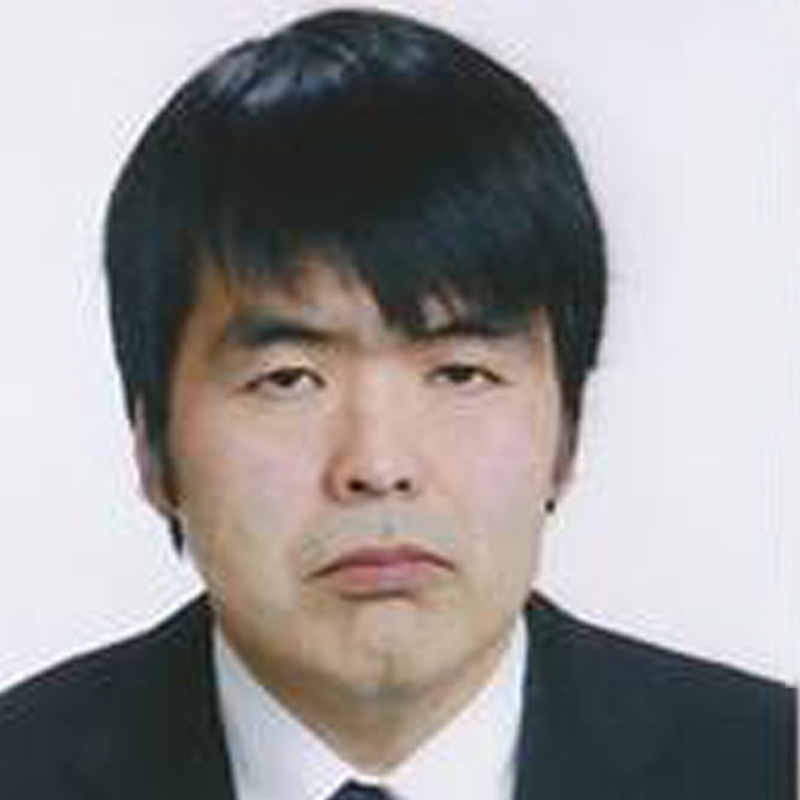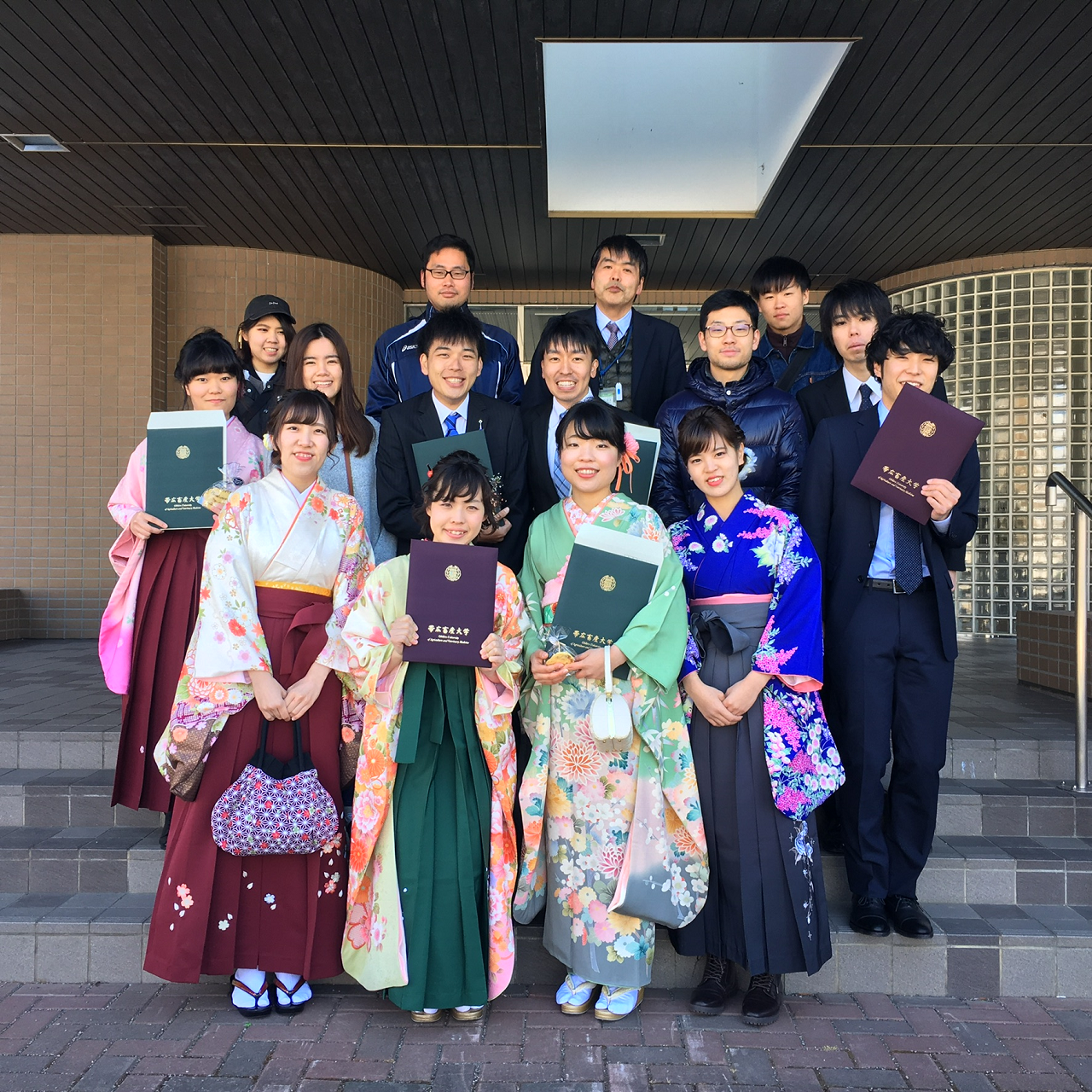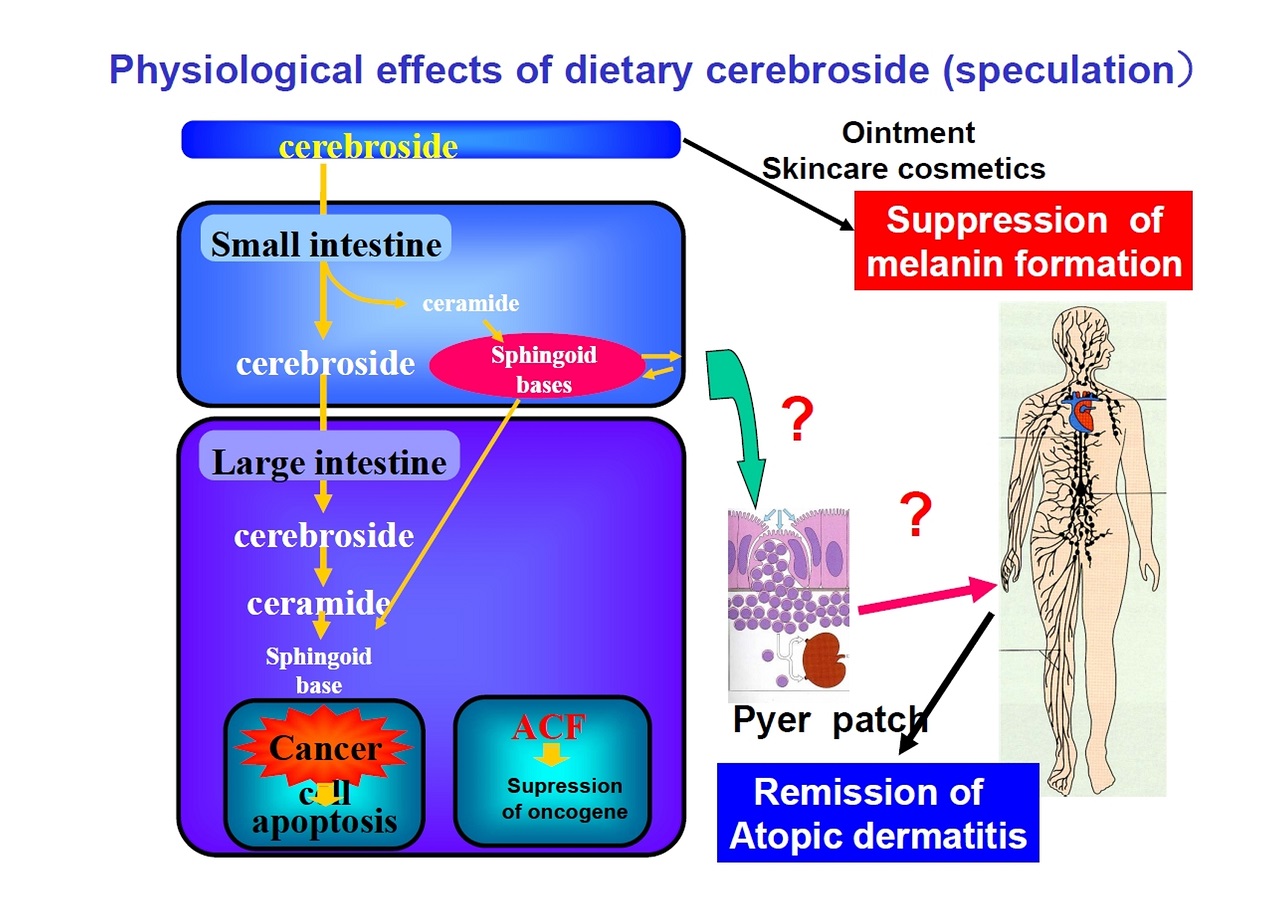KINOSHITA Mikio Professor
My DreamFind out the mystery of Sphinx with food functional approach
ThemeFood functionality of compound lipids, especially sphingolipids and chemical property of compound lipids
Field
Food functionality, Food chemistry, Lipid biochemistry, Oleochemistry
Keyword
Sphingolipid, appotosis, Colonic adenoma, Glycolipid, Gastrointestinal inflammation, Functional food
| Academic degree | Ph.D. Agr. |
| Self introduction |
I was born in Tokyo. I entered Obihiro University of Agriculture and Veterinary Medicine after graduating from high school in 1985. Six years later, I went to Honshu and studied further for 10 years in Sendai, Osaka and Okazaki. It’s been 20 years since I returned to Obihiro. On weekends, I do 30-km bicycle rides in summer and 10-km cross-country ski excursions in winter, partly to avoid developing Type 2 diabetes. |
| Room address | General Research Building 3 |
| Mail address | kinosita  obihiro.ac.jp
obihiro.ac.jp |
Belongs
Research Department/Department of Life and Food Sciences/Division of Food Science/Section of Food Technology and BiotechnologyFaculty (Unit)Food Science Program
Grad school (Course)Doctoral and Master's Program of Animal Science and Agriculture/Food Science
Introduction
Our laboratory conducts research with the key words of chemistry/biochemistry and the food functionality of fats. We also evaluate the food functionality of local farm products toward contributing to the region.
- The structure and food functionality of plant/fungal sphingolipids
The first professor of our laboratory, Professor Fujino, was first person to determine the structure of sphingomyelin (a sphingolipid found in large amounts in animal tissues). Professor Onishi summarized the chemical properties of plant sphingolipids. So, our laboratory has been conducting research on sphingolipids on a continuous basis. In recent years, we’ve conducted research on the food functionalities of sphingolipids originating from plants and microbes, glucosylceramide in particular, and we’ve reported their effects in controlling the development of colorectal adenomas, intestinal inflammation, and other diseases. In our current efforts to find out how these mechanisms occur, we use cells and experimental animals. - The structures and food functionalities of functional phospholipids of animal origin
There are many phospholipids, and their types depend on the polar group that binds to the 3 position of the glycerol backbone and on the binding mode of the 1 position. In recent years, phospholipids have been found to present different functionalities depending on their conformation. For example, plasmalogens, which are contained in large amounts in the cerebral nervous system, are phospholipids with a vinyl ether bound to the 1 position. They’ve been found to have anti-neuronal apoptosis effects, which are not found in common diacyl phospholipids. Our laboratory focuses on functional phospholipids, including plasmalogens, and is seeking to elucidate their functionality, improve their bioavailability, and explore sources for them in underused or unused resources. We’re also exploring disease markers by focusing on increase and decreases in specific phospholipids in blood through joint research with the faculty of medicine. - The food functionality of yams produced in Tokachi
The Tokachi region of Hokkaido is known for producing yam, and high-quality products made from yams are even exported internationally. From olden days, yams have been used in Chinese medicine to treat gastrointestinal issues. We took an interest in the functionality of yams for digestive organs, and as a result of studying their effect of controlling the development of colon polyps in mice treated with dimethylhydrazine, yams were found to be remarkably effective for the control of colon polyps. We also analyzed the difference of the gene expression of colon using DNA microarray and found that apoptosis-related gene expression was induced by DNA microarray. As mentioned above, we do our best to address issues related to food science for farm products in Hokkaido, especially in the Tokachi region (Yamashita/Kinoshita).
List of current research topics
- Chemical property of compound lipids, especially sphingolipids
- Food functionality of compound lipids
| Affiliated academic society | Japan Society for Bioscience, Biotechnology, and Agrochemistry, Japan Oil Chemists' Society, Japan Society of Nutrition and Food Science |
| Academic background | 1989 Bachelor, School of Agriculture and Animal Science, Obihiro University of Agriculture and Veterinary Medicine 1991 Master, Graduate School of Animal Husbandry, Obihiro University of Agriculture and Veterinary Medicine 1995 Ph.D. Agr, Graduate School of Agricultural Science, Tohoku University 1995-1998 JST Postdoctoral Researcher, National Cerebral and Cardiovascular Center 1998-1999 Specially Appointed Researcher, National Institute for Basic Biology 1999-2016 Associate Professor, Obihiro Unicersity of Agriculture and Veterinary Medicine 2016-present Professor, Obihiro University of Agriculture and Veterinary Medicine |







